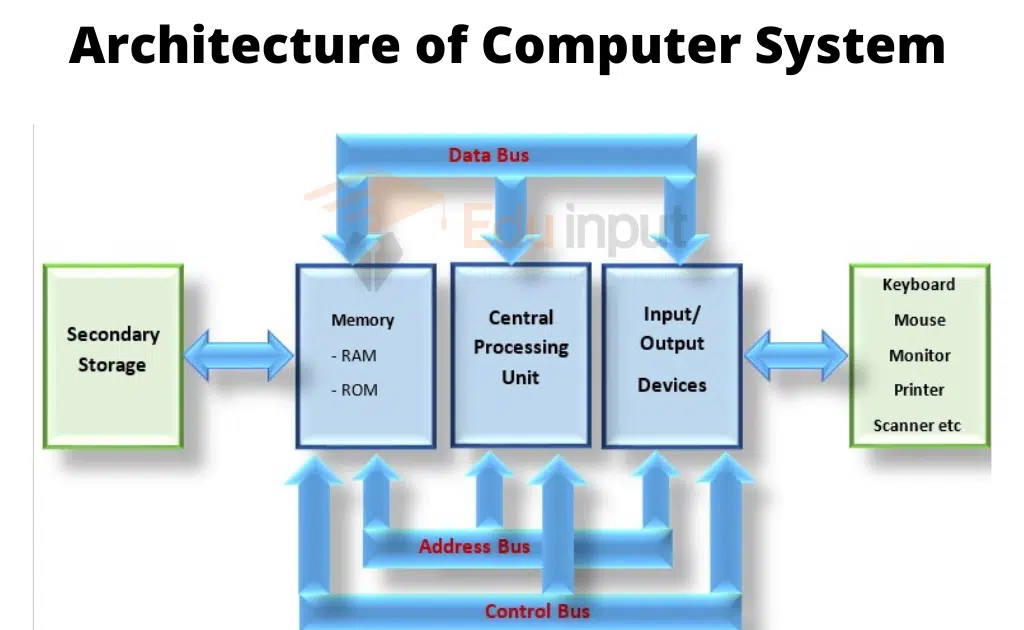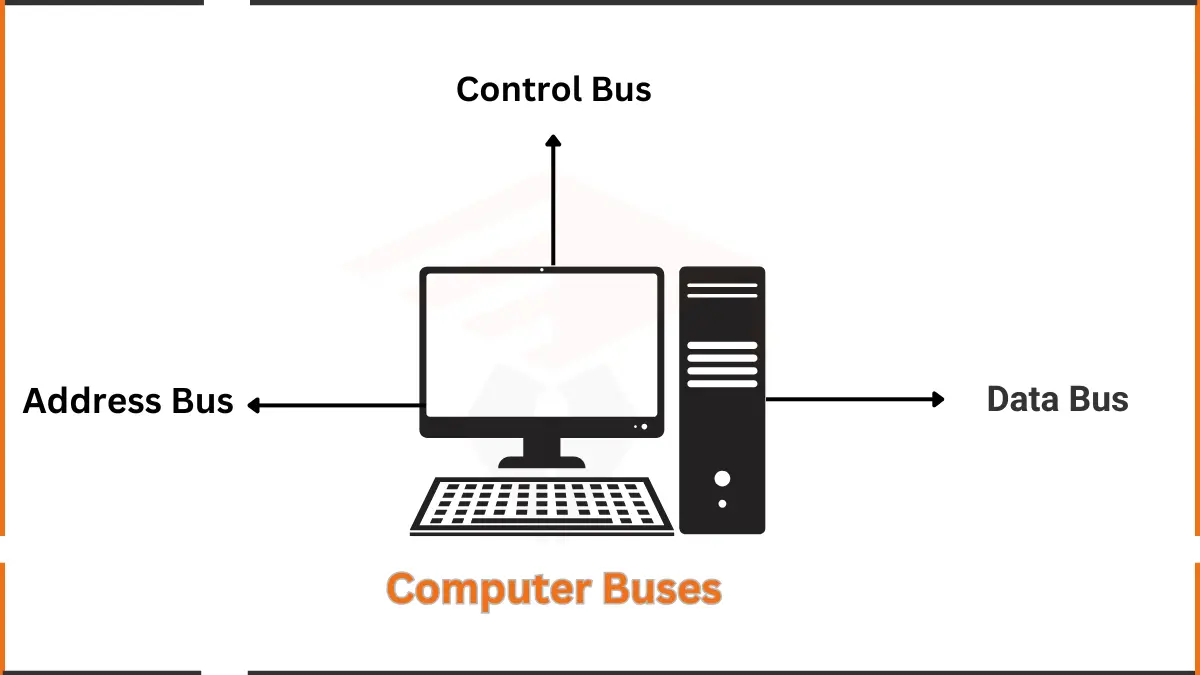What is CPU?–Components of CPU
CPU stands for Central Processing Unit. This is the part of the computer that does the actual processing. The CPU has two main functions: fetching instructions from memory and executing them.
CPUs are a vital component of computer systems. They are responsible for performing basic operations such as arithmetic calculations, data storage and retrieval, and graphical display.
A CPU consists of multiple cores. Each core performs a specific task. For example, a single core might perform mathematical computations, whereas another core might store data in memory.
The main task of the CPU
The CPU is responsible for performing four main tasks
Fetch
The fetch phase is where data is transferred over the bus to the processor. Data can be fetched at random places, from different locations, or in sequential order. In terms of computer architecture, the fetch step is equivalent to loading a memory location with data.
Decode
The decoding step is where the processor actually does something useful with the data. The decoder takes the information stored in the registers and makes sense of it, turns it into instructions, and executes them.
Execute
Once the instruction is executed, the result goes back to the registers and is ready for the next set of instructions. When executing instructions, the processor may need to do things like add two numbers together, multiply, or even jump to another section of code. The execution step is what most people think of when they hear about a computer doing something useful.
Store
After instructions have been executed, the results should be saved somewhere before the next set of instructions can be processed. These steps are referred to as stores due to how they store the results of the previous instructions. Stores act like temporary holding tanks for values being worked with by the processor. Storing the value is necessary because it prevents the processor from having to recalculate the same thing again.
Components of CPU
Different components of CPU are as follows:
Arithmetic Logic Units (ALU)
The arithmetic logic unit (ALU), or simply known as the ALU, is the central processing unit of a computer. The ALU performs arithmetical, logical, and control operations. It receives input data from some other portion of the computer and produces output data that is sent to other portions of the computer.
Control Unit
The Control unit is responsible for controlling the operation of other parts. It receives commands from software and tells other components what to do. It also communicates with the programmer via serial port.
Registers
A very fast memory location. The current data and instructions are stored there, so they can be accessed quickly.






Leave a Reply